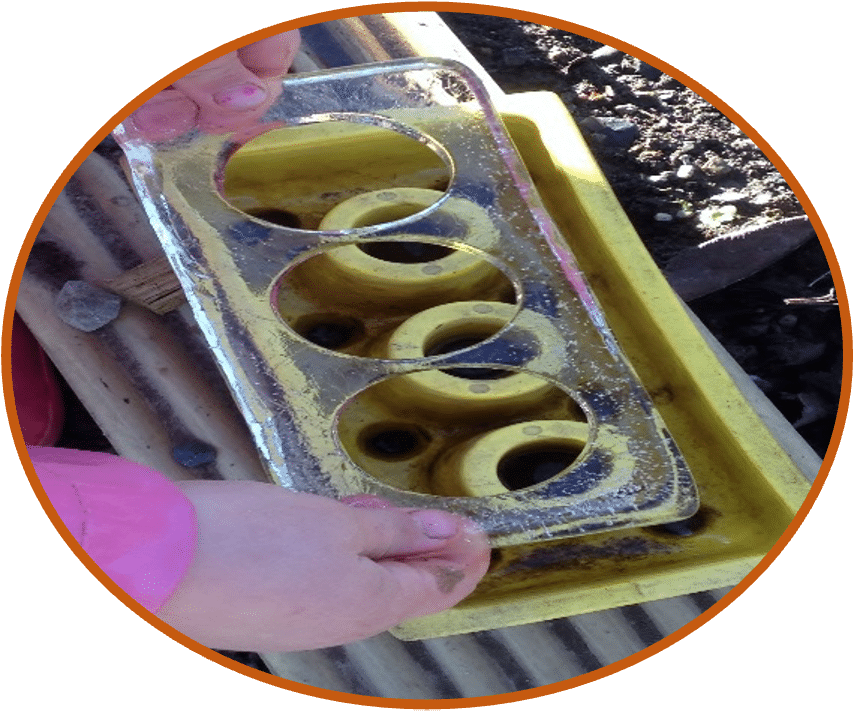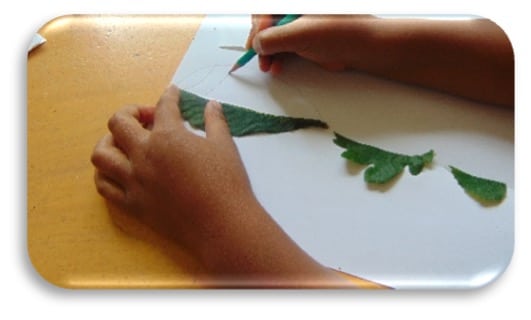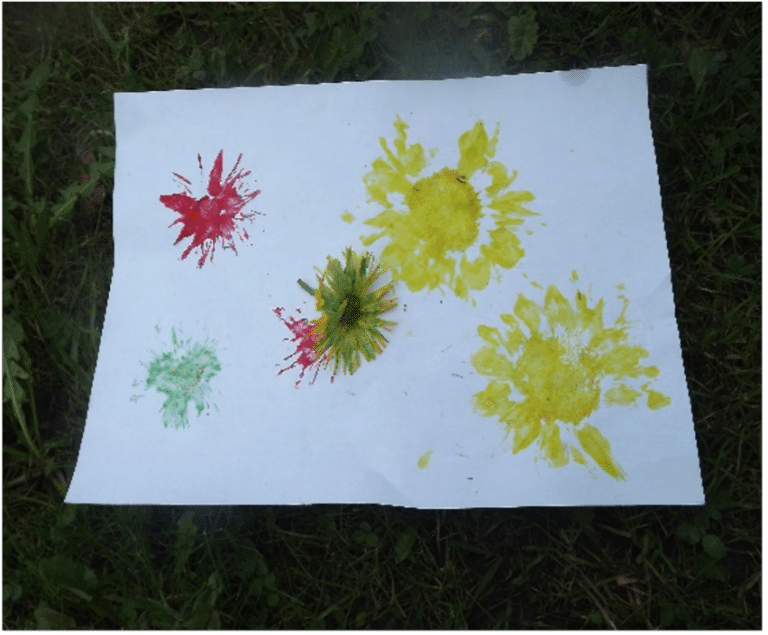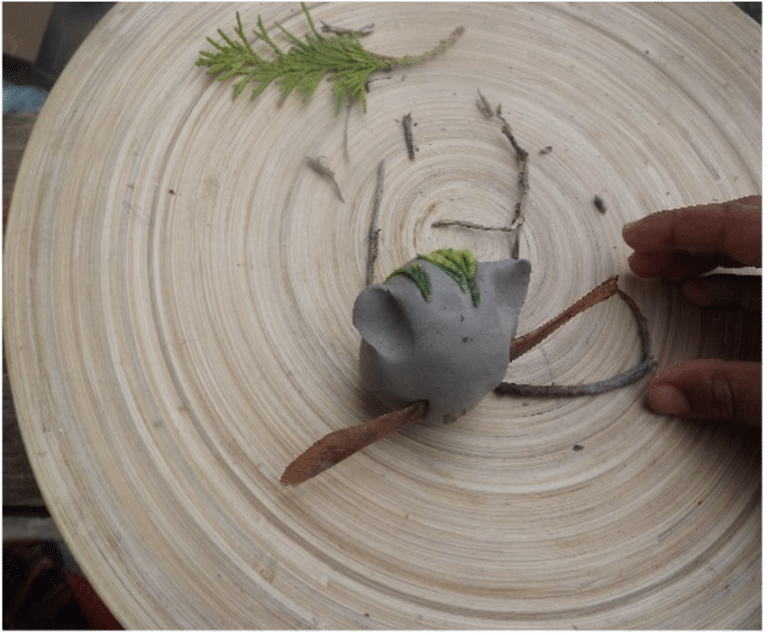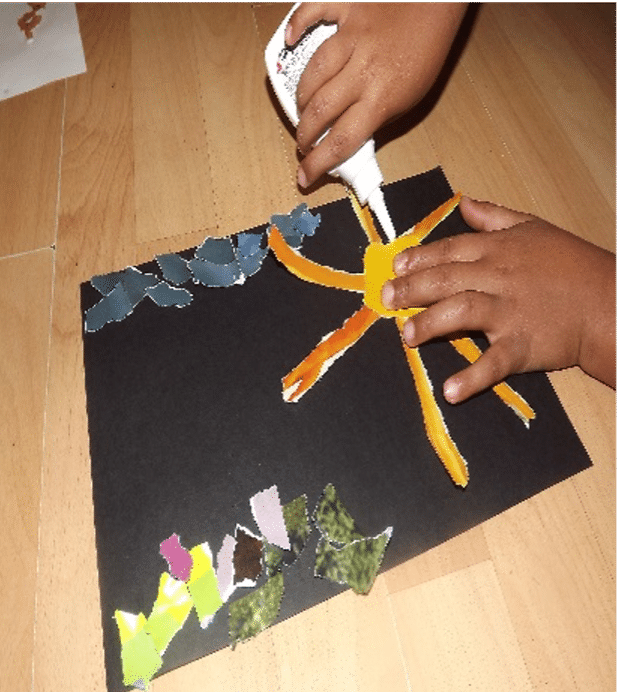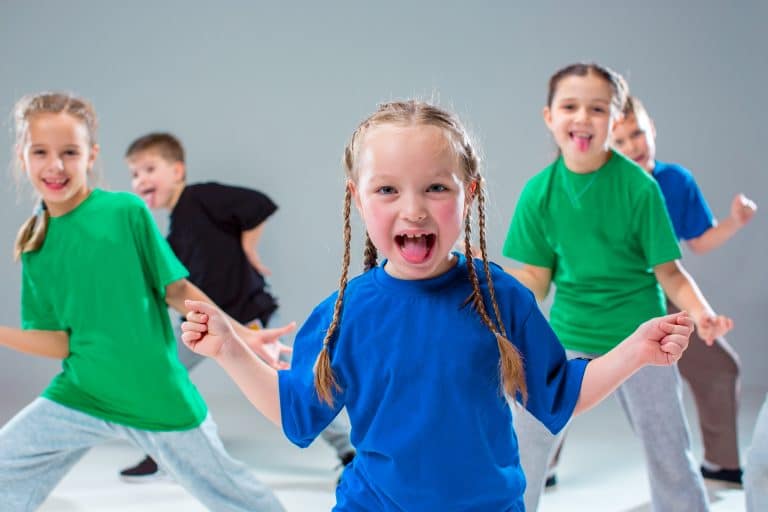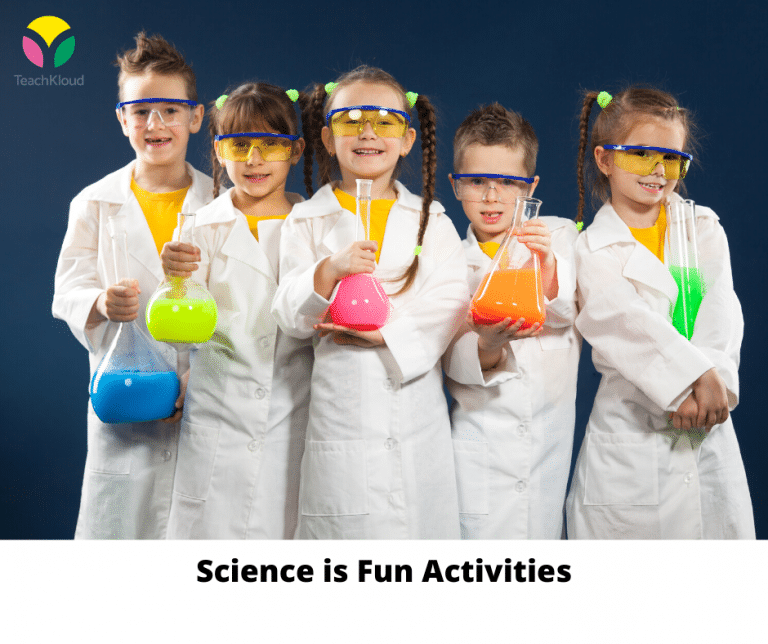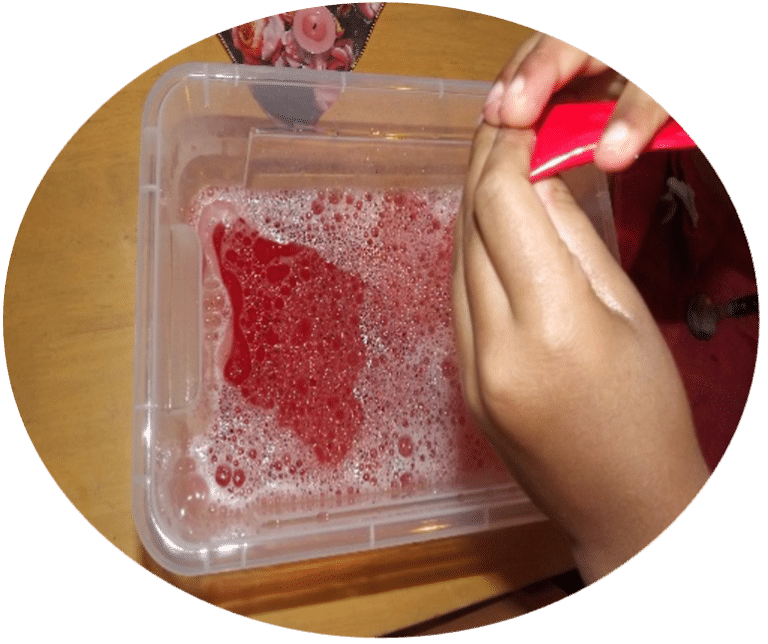There is so much to discover in science!
“Somewhere, something incredible is waiting to be known” – Carl Sagan
Materials
- Various plastic containers, pipes and water
- During winter time, containers can be placed outdoors and other times in the freezer
Learning Goals
- Experience Science in a playful way through water play. Changing textures provides a great foundation for detailed observations and conversations.
- Curiosity: Encourage children to question and wonder about the world and its changes
- Fine motor: handling slippery ice
- Science: understanding that water can exist as a solid (ice) and also as a liquid (water) or melt
- Learn about igloo’s and differing lifestyles
Process Description
Step 1
Explain how the temperature can affect water and change it’s shape or even how it feels
Step 2
Children can experiment with water in different sized containers and pipes
Step 3
During cold days, the water that remains in the different containers will freeze and children can observe the shapes of the ice and discuss the melting process
Step 4
Food colouring can be added before the freezing process. Discuss what happens to the water when food colouring is added. Allow children to experiment and play with the water and ice. What differences do they see?
Step 5
Depending on the age and stage of the child, watch short videos on how igloos are built and how strong ice can be. This can feed into how many Eskimos used to love in igloos and how different people around the world live.
Adaptation
Children or the educator can write down the time it takes for the ice to melt in various containers and different places. Let children measure how much water weighs when melted versus when it is frozen. For older children, the educator can use this as an opportunity to discuss the ice ages and climate change.
Reflective questions
- What could have been better?
- How did I scaffold children’s learning?
- Could I have adapted the learning opportunity to reflect all children’s needs, abilities and interests
Looking and responding
Start by asking the children to describe what they see. Draw attention to details. What do the children notice about the ice? What does it feel like? Is it hot or cold? How did it turn from water to ice?
Bibliography
- How an Igloo keeps you warm, by It’s Okay to Be Smart
- National Council for Curriculum and Assessment (NCCA, 2009) Aistear: The Early Childhood Curriculum Framework. Dublin: NCCA.
Author Bio
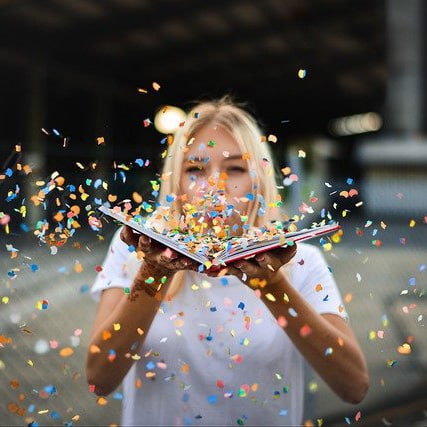
TeachKloud is a cloud-based management platform for early childhood educators and parents!
